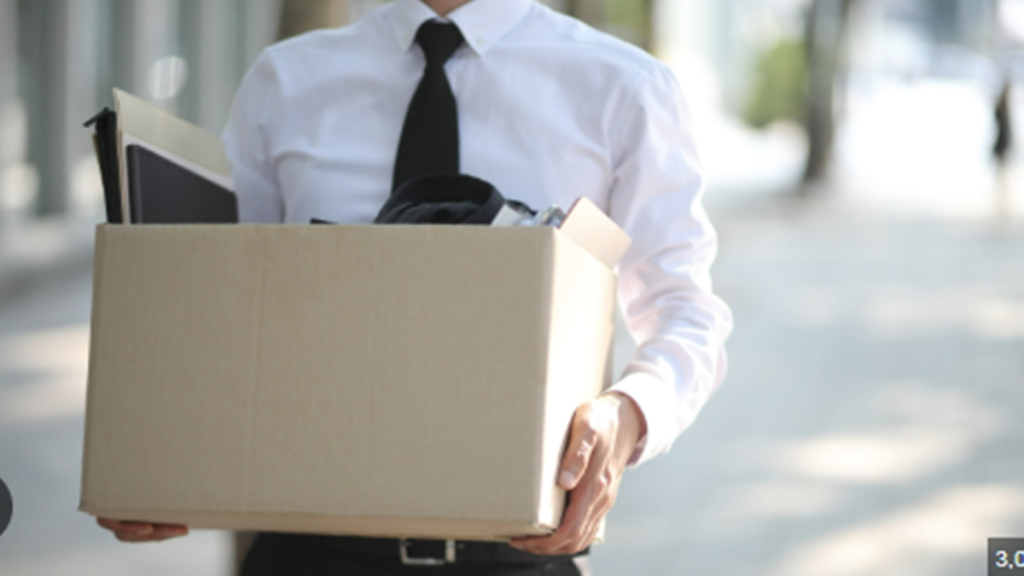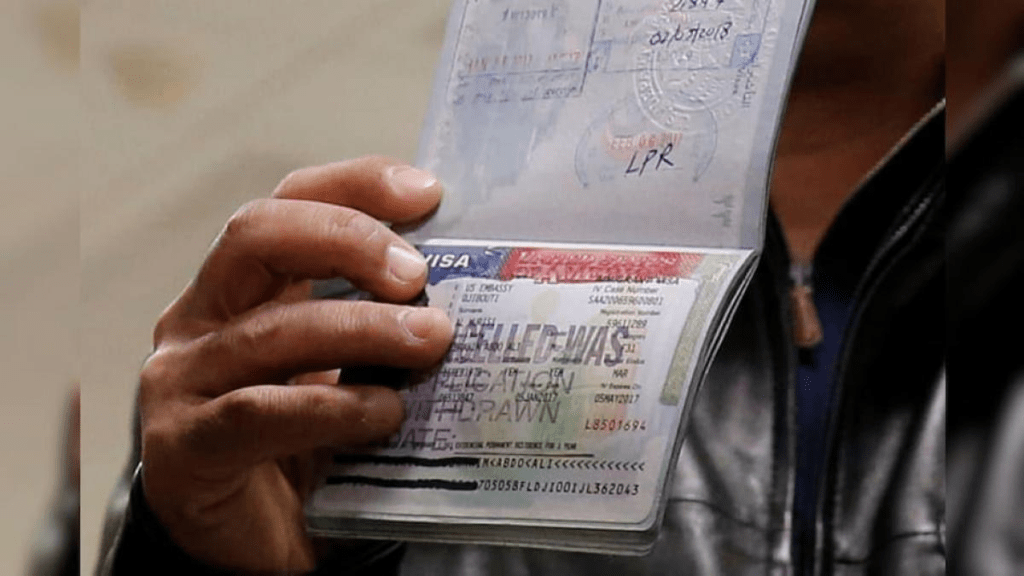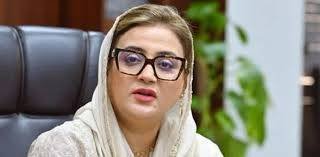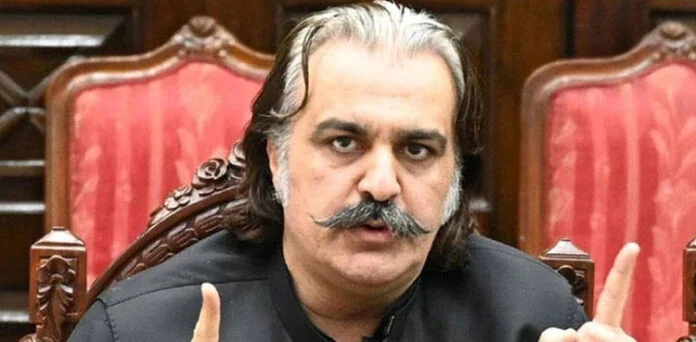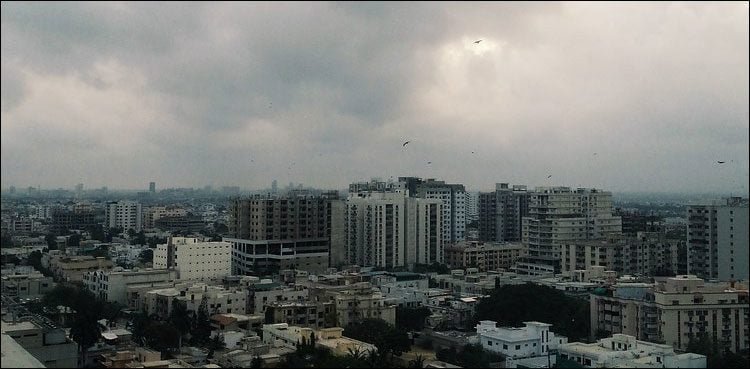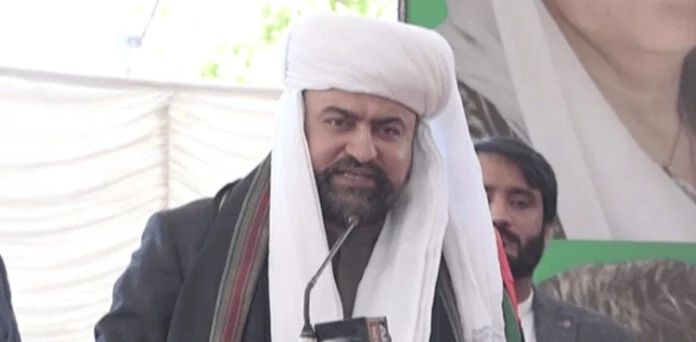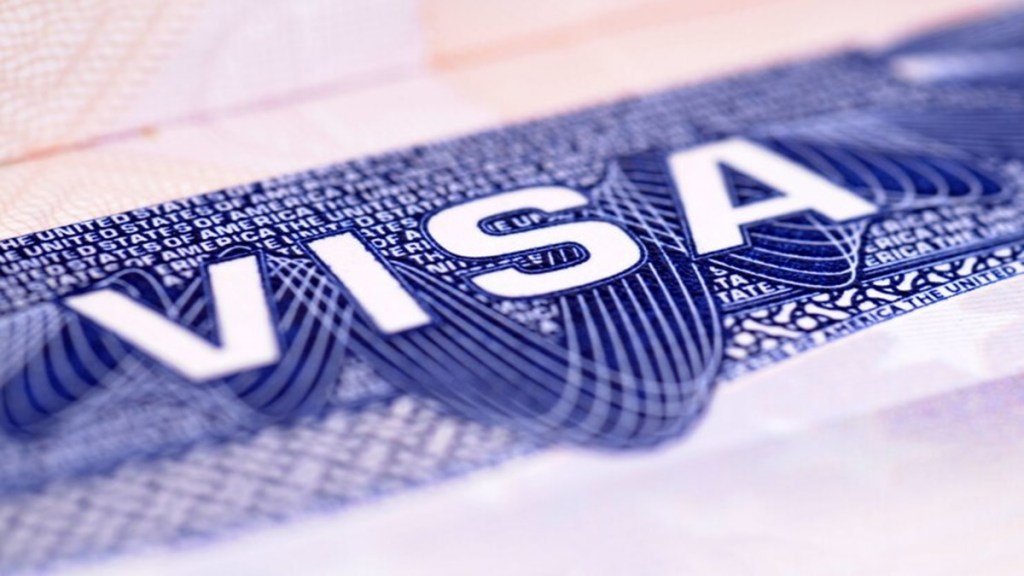
As the peak period for U.S. F-1 student visa applications begins—typically running from May through August—activity remains steady at the U.S. Embassy in New Delhi. Students with scheduled visa interviews continue to arrive in large numbers, with embassy operations appearing largely unaffected on the surface.
This comes despite an internal directive issued earlier in the week by U.S. Secretary of State Marco Rubio, instructing embassies and consulates around the world to temporarily suspend new F-1 student visa appointments. The pause was tied to upcoming changes in social media vetting procedures for student visa applicants, with embassies advised to wait for updated guidance from the Department of State.
Officials in New Delhi confirmed that interviews are still taking place, particularly for applicants with appointments that were booked months ago. These include both older appointments made more than six months earlier and more recent ones scheduled two to three months ago. While current interviews are proceeding, embassy representatives cautioned that students applying now might not find immediate appointment availability. They advised using the official portal, www.ustraveldocs.com, to check for real-time updates and scheduling options.
During this time of year, the embassy typically processes over 1,500 student visa applications each day. This volume tapers off in late summer but usually sees a smaller surge again between November and December, when students prepare for spring semester admissions.
Although the temporary pause has caused some confusion, many in the international education sector remain hopeful. Representatives from major education platforms expect the situation to normalize soon. One such official noted that new social media screening guidelines are anticipated within the next few weeks. If released on schedule, this would still allow most students enough time to obtain their visas before fall programs begin in late August.
Estimates suggest that around three-quarters of students planning to attend U.S. institutions in fall 2025 have already booked their visa appointments. The remaining quarter—those intending to apply in the coming weeks—could face delays if new guidelines are not issued quickly. However, admission letters from U.S. universities are typically valid for up to a year, so affected students would only need to secure a new visa rather than reapply for admission.
This temporary disruption comes as broader immigration-related policy discussions unfold in Washington, including proposals to end the Optional Practical Training (OPT) program, which allows international students to work in the U.S. after graduation. Such changes have created additional uncertainty about the long-term prospects for students who plan to study and work in the U.S.
Despite these challenges, student interest from India remains strong. During the last fiscal year, more than 331,000 Indian students enrolled in U.S. institutions—a 23% jump from the previous year. With this increase, India has overtaken China as the largest source of international students in the U.S., now making up 29% of the total international student population.



